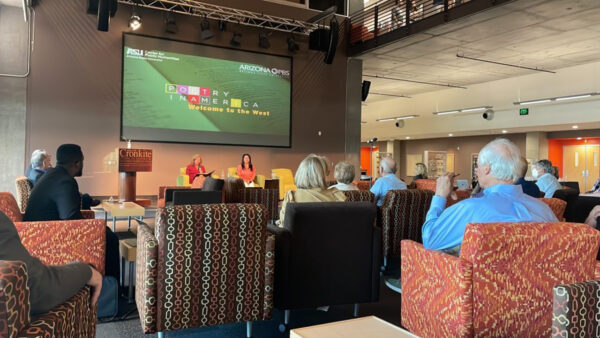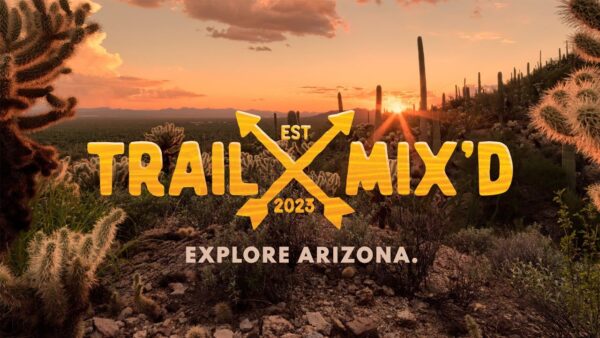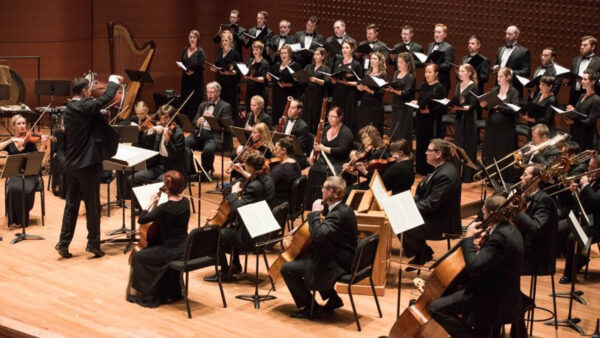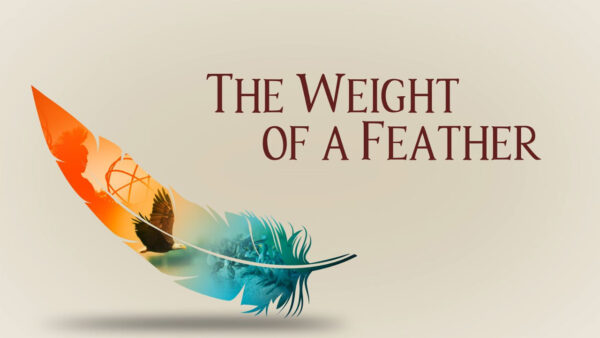Nature “River of No Return”
April 18, 2012
This intimate portrait of an eco-paradise is seen through the eyes of a pair of adventurers
confronting their own struggles.
Visit pbs.org/nature for more info.
Deep in the untamed heart of Idaho lies the Frank Church – River of No Return Wilderness, part of the largest roadless area left in the lower 48 States. Named in honor of Idaho Senator Frank Church, and for the rugged Salmon River that flows through it, the vast 2.5 million-acre wilderness is larger than Yellowstone, yet most people have never even heard of it. Defined by deep canyons, and mountain forests, it is a perfect habitat for abundant animal life, including wolves that are being restored to the area after an absence of 50 years. This is the place where a young couple, Isaac and Bjornen Babcock, choose to spend a year-long honeymoon. But what begins as a romantic adventure becomes something of much greater consequence for both of them – a story that will change their lives. Nature “River of No Return” airs Wednesday, April 18, 2012, at 7 p.m. on Eight, Arizona PBS.
Working with the Nez Perce Tribe in Central Idaho, wolf biologist Isaac Babcock was part of the wolf reintroduction program organized in the area. His 13-year experience with the wolves there led to his desire to share the raw beauty of the untamed wilderness and the wolves with his new wife, Bjornen. It was unquestionably a wild idea for a honeymoon.
Once occupied by miners and homesteaders, the River of No Return Wilderness was reclaimed by nature after it was designated a federally-protected wilderness in 1980. Otters and elk, deer and coyotes, blue birds, bighorn sheep and the newly-restored wolves thrive here. Nine packs of wolves roam freely through the wilderness, each pack dependent on family cooperatively raising their young and hunting together to survive. Isaac and Bjornen spend days waiting and watching for their chance to observe the wolves and are rewarded by glimpses of parents and their pups, by deer intently and gracefully avoiding wolves in a golden meadow, and by a young wolf curious to know more about these two human interlopers, coming within 30 feet before circling and passing by.
For all the species in the wilderness, survival depends on cooperation and safety in numbers. A lost young buck or a solitary ram injured while fighting for a mate can become easy prey for the wolves. Any carcass abandoned by the wolves would feed the coyotes and other scavengers.
One injured and isolated elk defies the odds as Isaac and Bjornen look on. As a pack of wolves circle, another elk inexplicably arrives to defend her, and all the rules of survival of the fittest in the wild go out the window in a remarkable display of courage and compassion. This selfless act is an inspiration to the young couple facing the elements on their own, taking care of one another in the face of hardship.
Bjornen’s hardships in the wild are complicated by a recent diagnosis of rheumatoid arthritis. She is plagued by swelling and pain in her joints, causing difficulty walking and sleeping, all symptoms that would be hard enough to manage in a standard urban setting. Add heavy backpacks and strenuous hikes up the sides of mountains and through tangled forest undergrowth to the equation and the level of difficulty rises significantly. Still, the splendors of nature comfort her and offer their kindred spirits for her to reflect upon. She chooses to stay.
The river presents its own stories of strength and determination. In the middle of the roaring river, small birds called dippers thrive where the river is roughest, slipping in and out of the current to feed on aquatic insects. They build their moss nests directly above the rapids, so food for their young is never far away – a fortunate circumstance, given the tantrums displayed by their fledglings demanding to be fed.
Chinook salmon making their way up the river to spawn must also be determined. In the course of their epic migration from the Pacific, these powerful fish use all their energy to leap mighty falls and struggle upstream in order to spawn and then perish in their natal streams.
The year in the wild is transformative for the couple; they took on the wilderness and all its challenges and in the end have come to treasure their experience in this wild and untamed place they once called home.
)



















